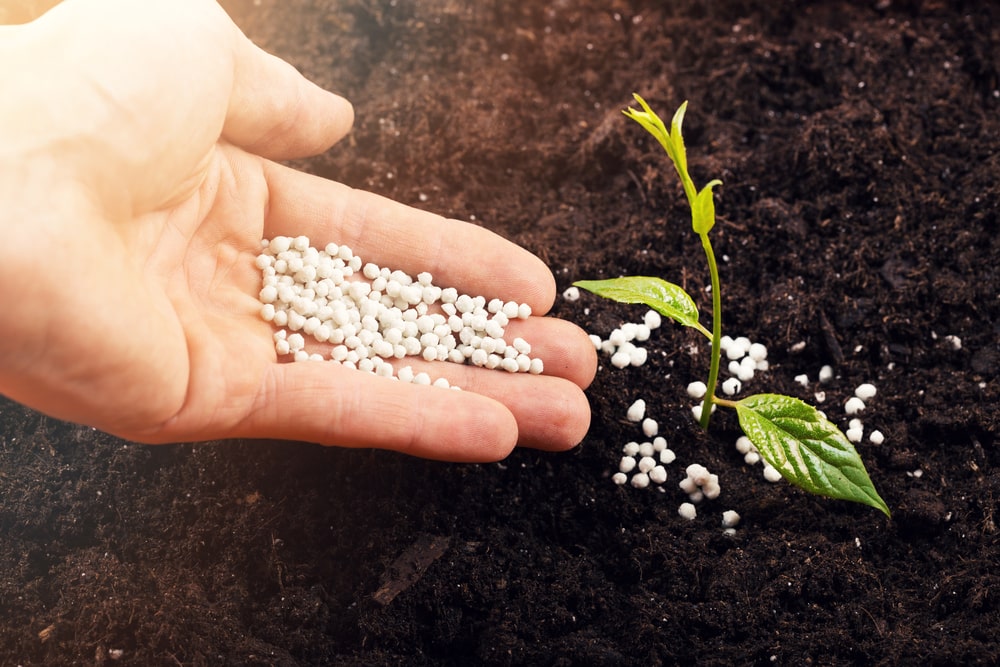Did you know that by the third week in February, days are almost an hour and a half longer than on the Winter Solstice (December 21st)? Plants, which rely on the sun for photosynthesis, certainly notice.
While most plants are not getting enough sun to “actively” start growing, they are getting enough light to wake them up a little. So, by the end of February, I begin to feed my indoor plants. I don’t feed most plants in November, December, and January because the winter sun is so weak and days are so short that most plants are NOT actively growing then.
What Should We Feed Our Plants?
What do we feed our plants? Fertilizers contain nitrogen, phosphorus, and potassium. Nitrogen helps with plant growth and is necessary for photosynthesis. Phosphorus is also essential for photosynthesis and fruit and seed development (hence flowers). Potassium is helpful for disease resistance and the transportation of nutrients. Plants also seed small amounts of micronutrients like calcium, manganese, sulfur, boron, iron, zinc, etc.
Which Fertilizer is Best?
Which one is best? That would depend on what you feed them and whether a given plant has a nutrient deficiency. Generally, an otherwise healthy plant grown for its foliage should be fed with a balanced fertilizer—a 10-10-10 or 20-20-20 fertilizer, for example. Most plants grown for fruit or flowers could be fed a fertilizer with the middle number (phosphorus) a little higher—like an African violet food (it’s a blossom booster, after all). Certain plants have different requirements.
The American Orchid Society recommends that orchids be fed with a balanced fertilizer (20-20-20), HALF strength half as often as the labels say. In the wild, most of the orchids we grow indoors live IN THE TREES; therefore, their roots do not grow in nutrient-rich soil. They get only a tiny amount of debris when it washes over the roots. Also, don’t feed an orchid in bloom.
Citrus gets fertilized with citrus food, according to the label directions. Cactus prefer a lower nitrogen fertilizer, so an African violet food, with the first number (nitrogen) lower than the middle number (phosphorus), is best.
Whatever you are feeding, always read the label directions on the fertilizer and NEVER do more than it says. Over-feeding a plant can do permanent damage to the plant’s roots.
Visit the Great Big Greenhouse and Nursery and check out our great selection of fertilizers. If you have any questions about feeding your plants, we’re here for that.

